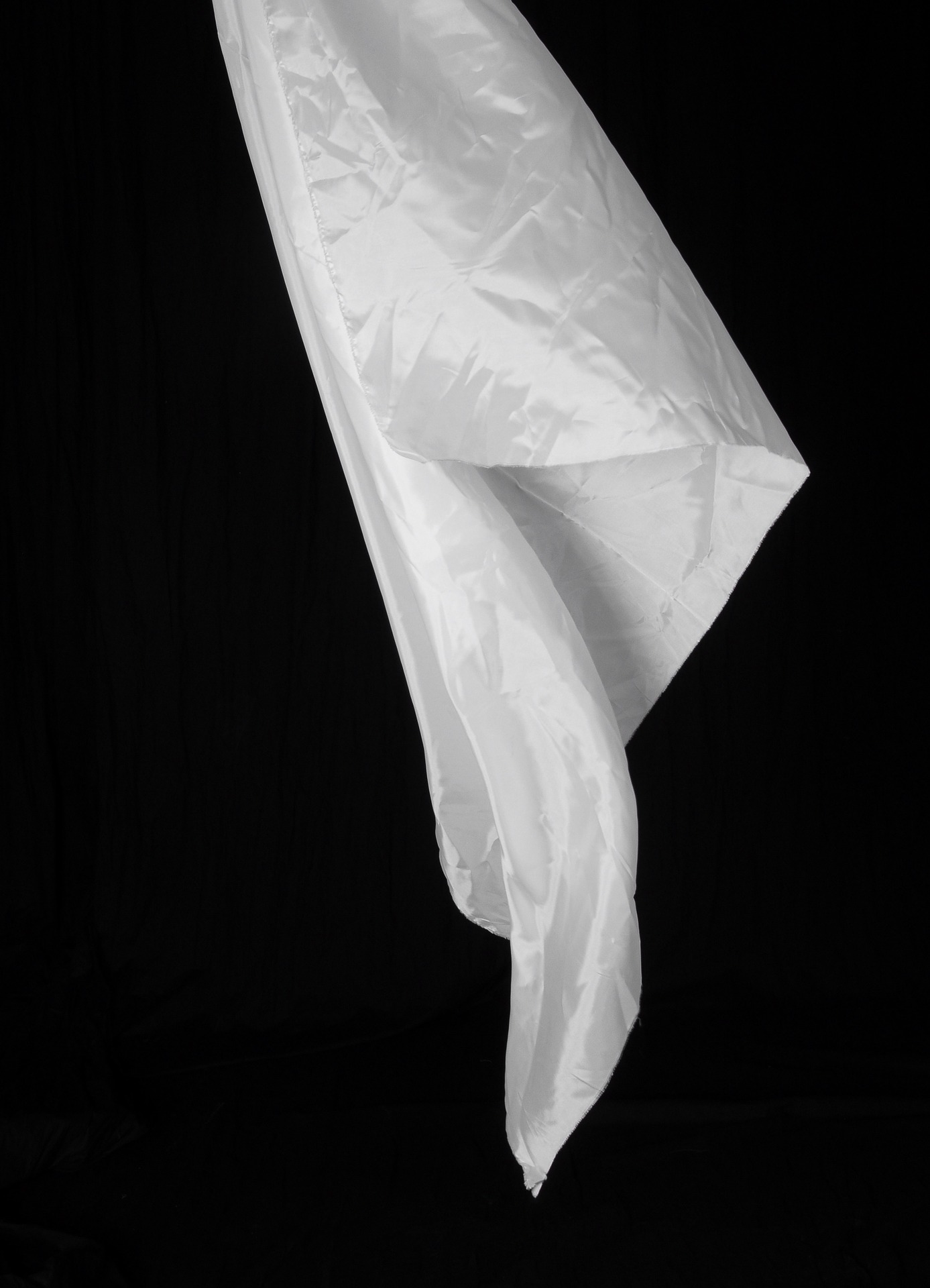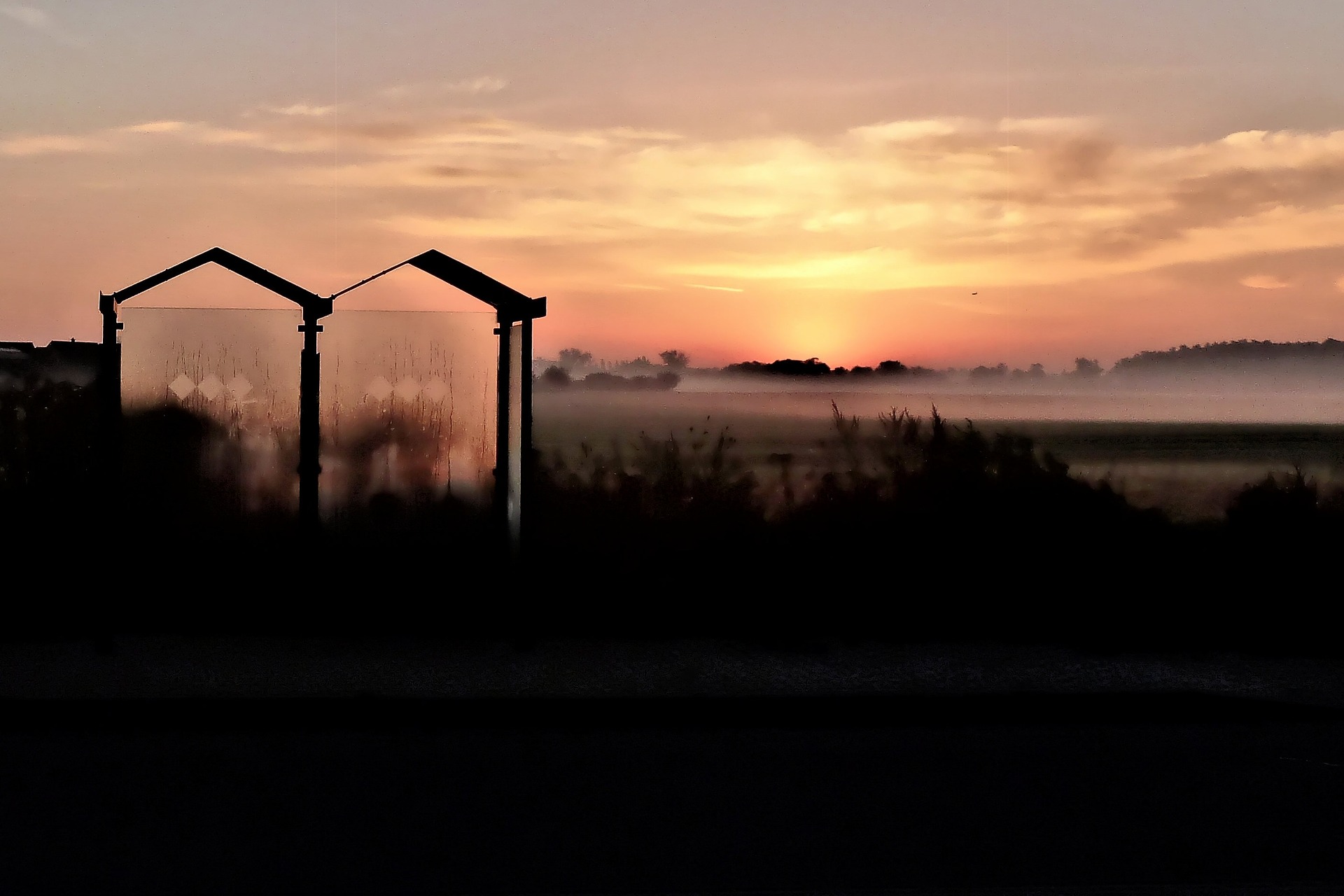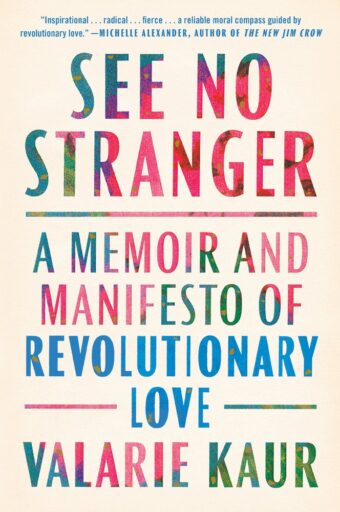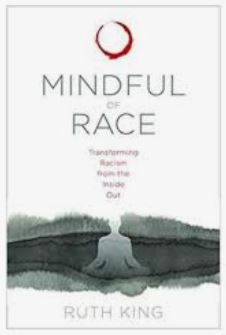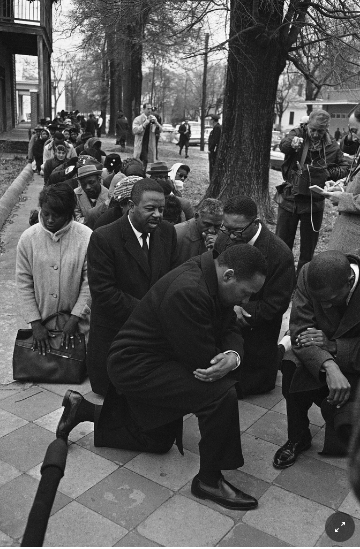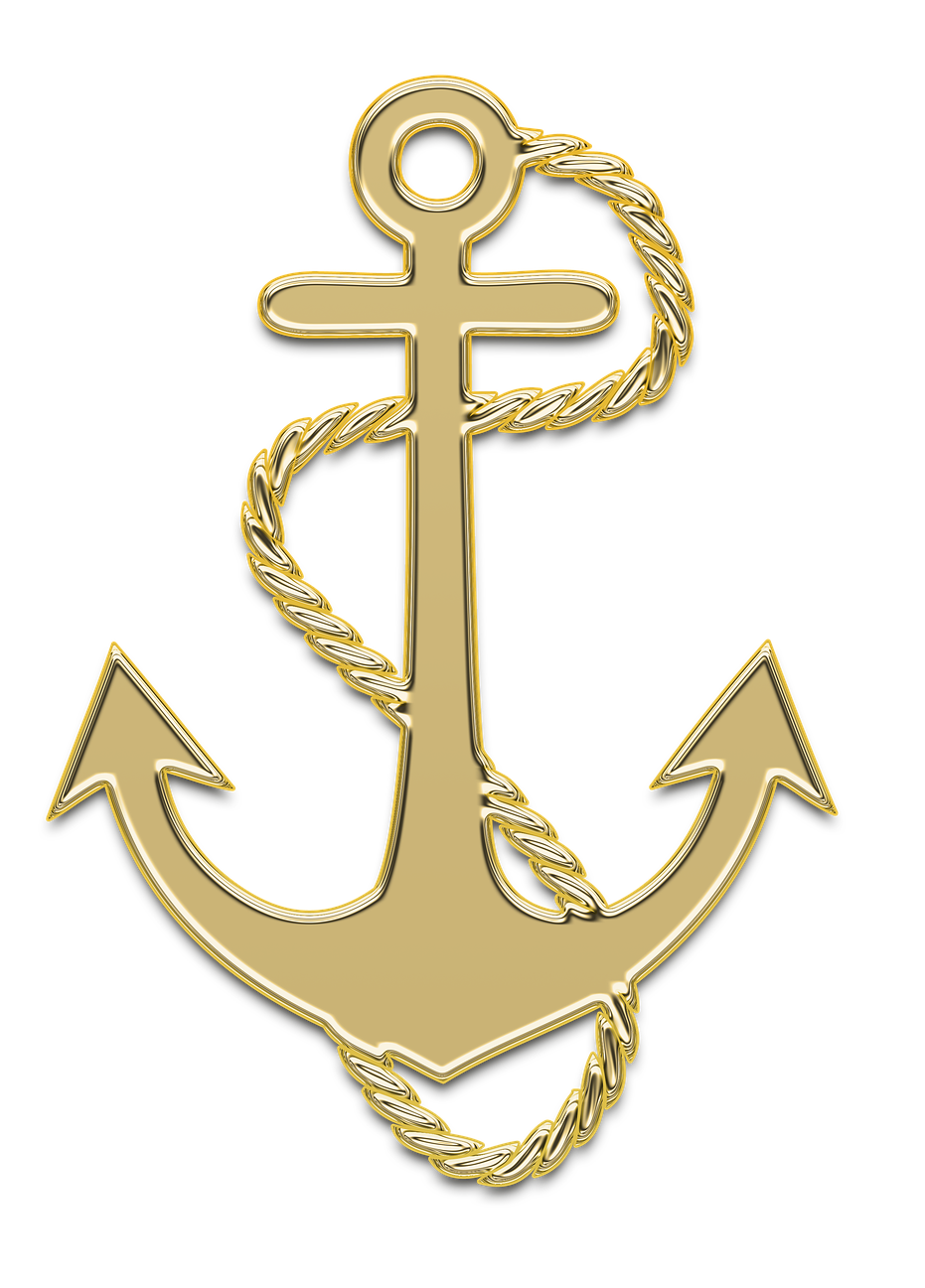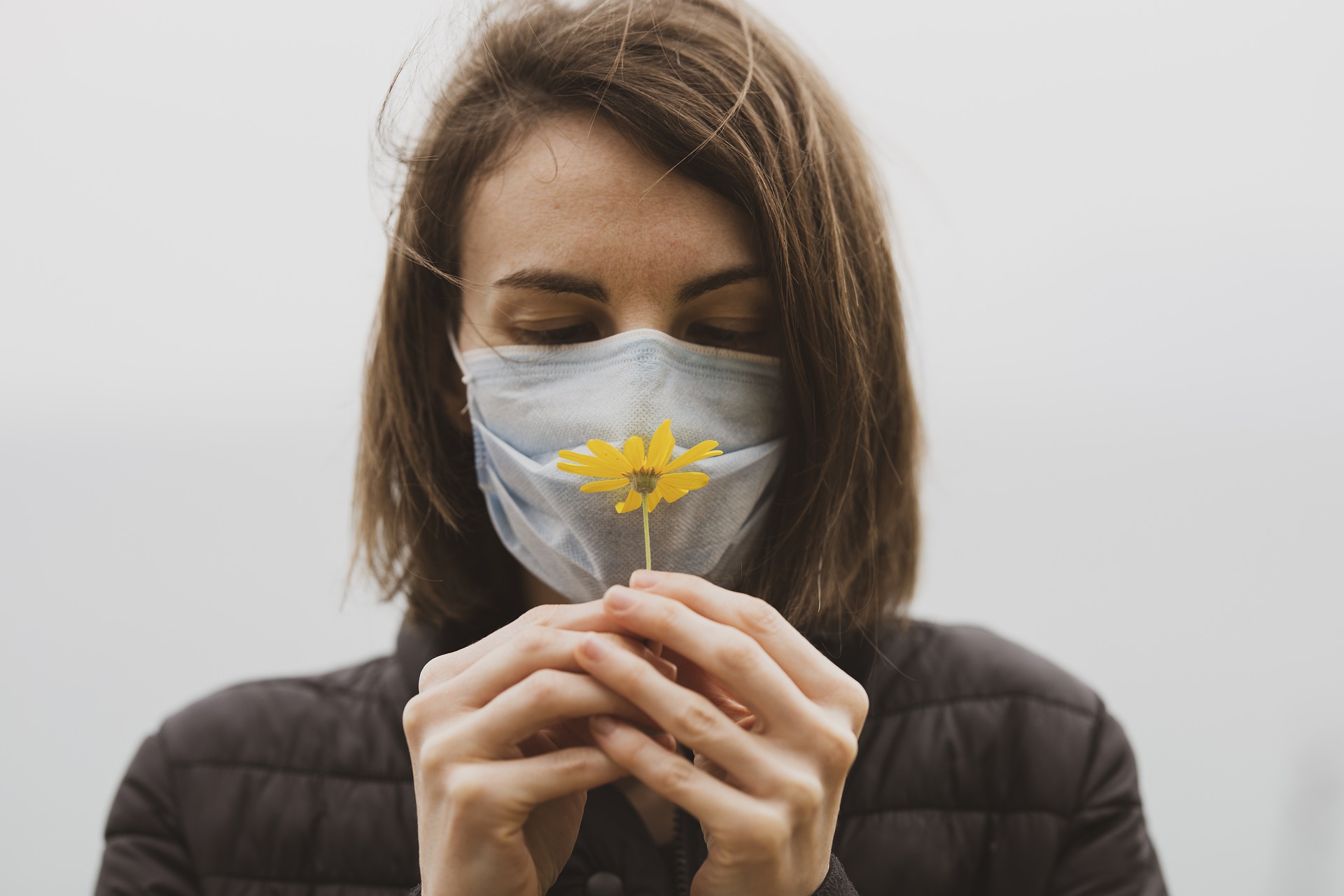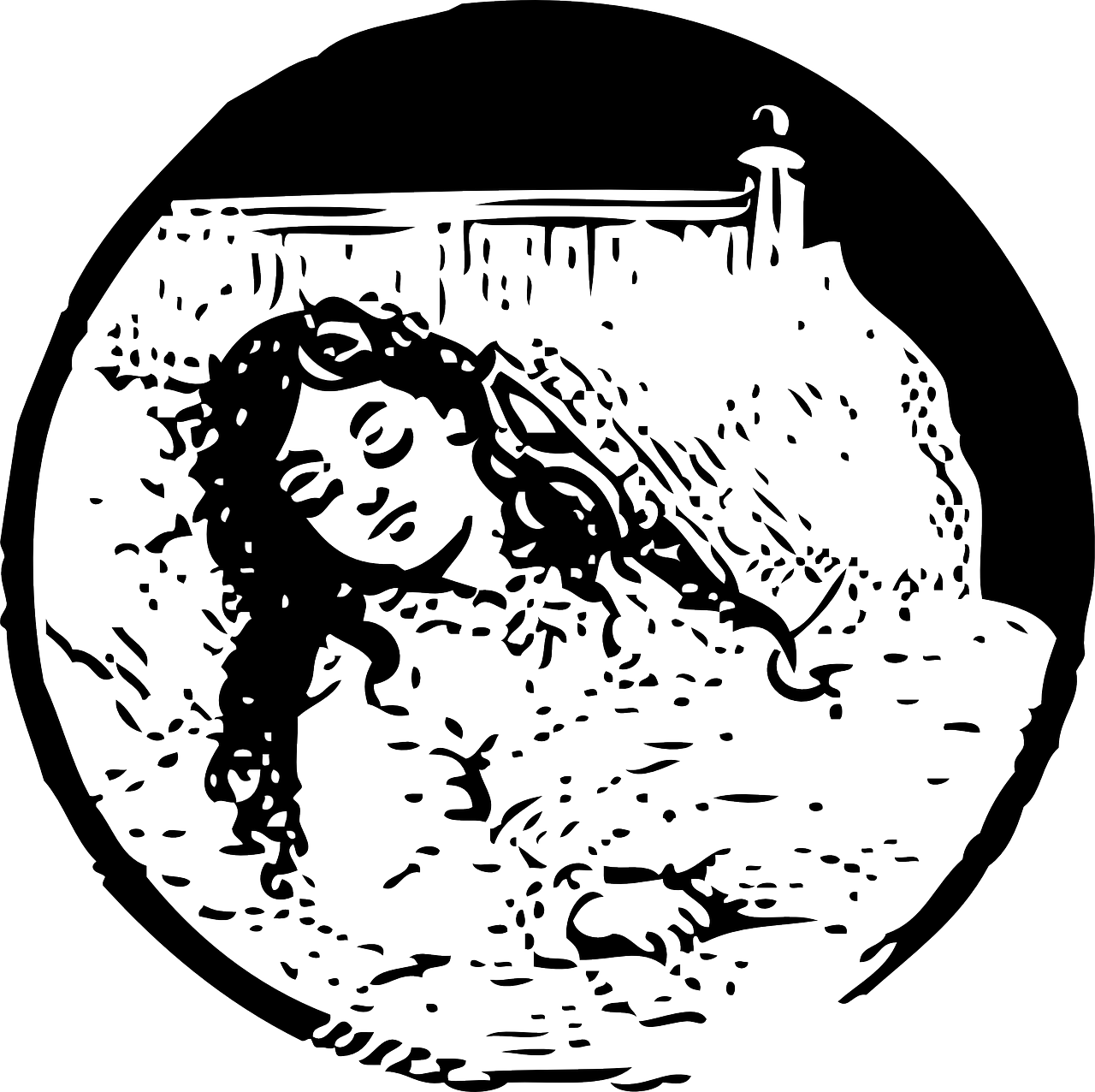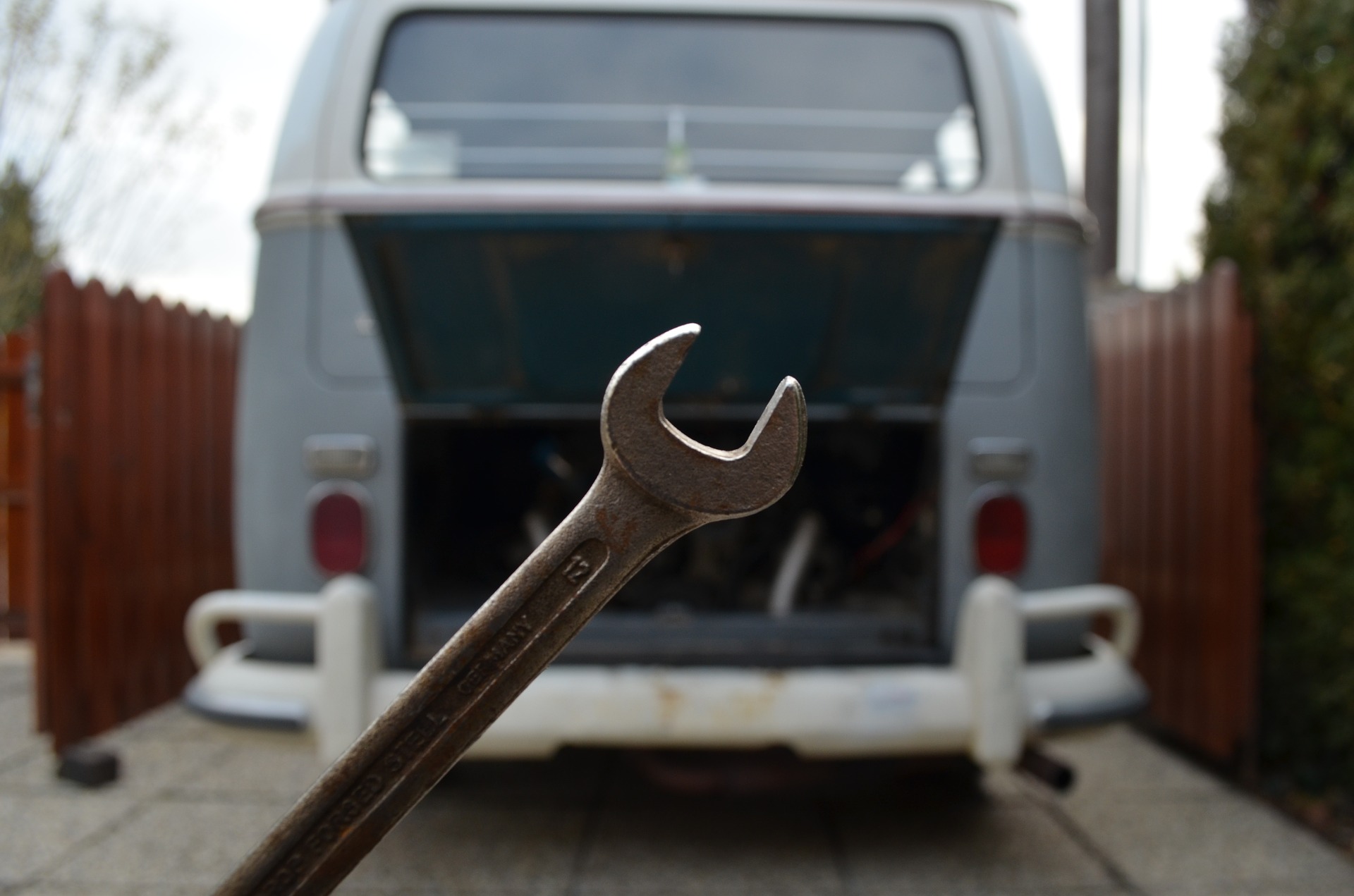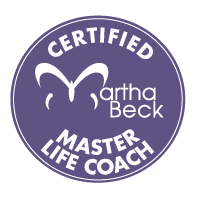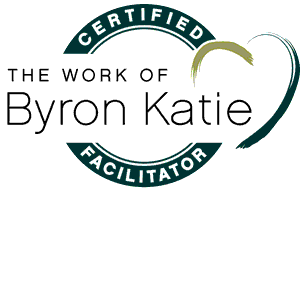
About a month ago a friend sent me this meme. It was right after my husband and I escaped the firestorm in the ancient forest that melted our two-story cabin AND outhouse into a pool of scrap metal. Some might have thought it insensitive or in “poor taste,” whatever that is. I laughed a full belly laugh, for the first time in weeks. It fully captured everything words couldn’t.
I haven’t yet experienced the death of a loved one to COVID or fire, so perhaps it’s easier for me to tap into a sense of the absurd. Lately, I’ve been thinking of writing a holiday letter for the first time in years. Instead of the cringe-worthy shiny happy facts of the classic letter, I envisioned a month-by-month list of unpleasant surprises, with various non-lethal outcomes.
For instance, this past month, after the fire, we planned on a do-over of the night of our actual anniversary, the day we were evacuated from our summer home. We chose my husband Geo’s birthday, and a friend offered us a couple of overnights at their cabin on the Oregon coast. A few days before the trip Geo began having severe nerve pain in a tooth. We thought we’d leave right on his birthday right after his visit to the endodontist to relieve the pain. Which couldn’t happen yet, apparently, although he was given something to relieve the symptoms. We went on our getaway to the coast anyway, and when we arrived we decided we could just peek at the first presidential debate that first night without spoiling the mood. Bad plan. We came home a day early, with tooth and heart pain active.
This was a week ago and so much has already transpired on the world scene that I’ve lost count. When I’m too tuned in to all the crazy bad news, fear just seems to follow and I quickly lose my sense of humor. I figure these experiences are a tiny sampling of what people around the world are experiencing during this longest year in recent human history. Our situation is different (and luckier) than most. I’m no longer responsible for the education of my children, grandchildren, or teenage students. Not caring for an elder with precarious health. We are healthy and virus free. We haven’t lived in lockdown for months, and we have tons of green space and good air, now that the smoke has cleared. For all these things I am truly grateful.
A new tally begins as I savor the lingering beauty of Indian summer. There’s a slant of light on the garden. A colorful green, gold, and orange backdrop as we circumnavigate the hills and town on our bikes. Gradually I let go of the Crappy 2020 Tally and the fear of the Dark Days Ahead. Tonight I’ll sit down to write a few letters encouraging my fellow citizens in Georgia to vote. I’ll call a friend whose father was just moved to hospice care. And maybe I’ll tune into a soothing escape show (Looking at you, Great British Baking Show.) Without the tally, it’s all just life, following the directions, one step at a time.
May you relish the absurd and the beautiful, of this entire messy world in this stressful but crucial season.
Be the love,
Poem: Grandmother Snag
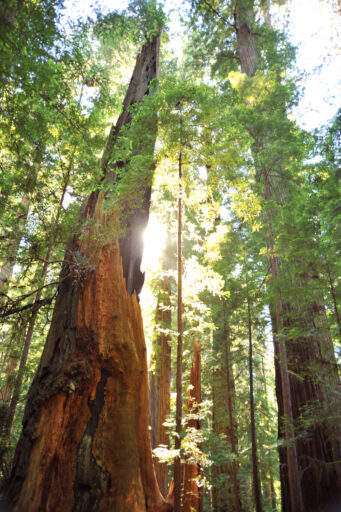
You were there in your place last Monday
before the fire winds spiraled in.
Half of you, anyway,
the top part ripped away long ago
leaving only
your red cedar shell,
small protection for your ancient heart.
Held fast to the hillside
by spruce, yew, fir cousins.
I showed you to my human mother
while she still had legs and heart
and she loved you too.
And now you are both with me,
still and rugged as ages
untouched by time or by fire
Susan Grace
Autumn, 2020

